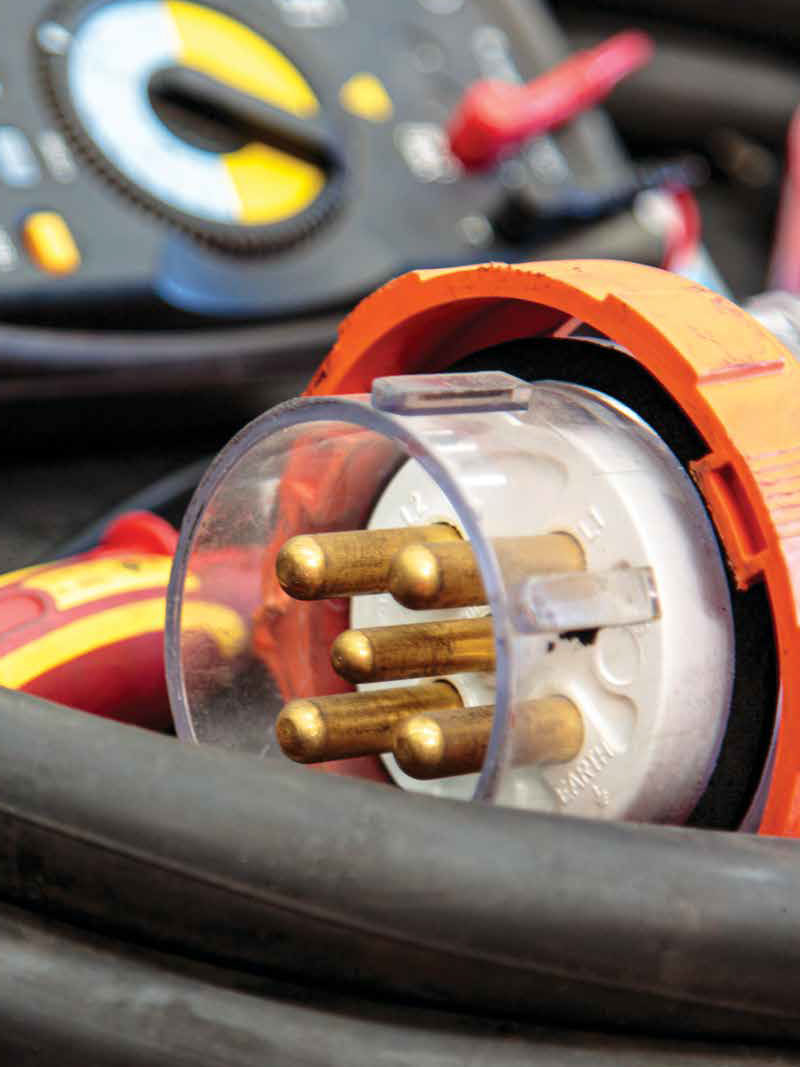Download our Capabilities Statement

PGSR provides exceptional field services, planning and logistical support of all Gas Turbine Maintenance.
At Toshiba/PGSR we have the capability to aid our customers in all facets, including maintenance scheduling, planning and logistical support of all Gas Turbine Maintenance.
Advanced planning for maintenance is necessary for all industrial gas turbines and their auxiliary systems (OC/CCGT) in order to maintain reliability and availability. The correct implementation of planned maintenance and inspections provides direct benefits in the avoidance of forced outages, unscheduled repairs and downtime.
Gas turbine parts requiring the most careful attention are those associated with the combustion process, together with those exposed to the hot gases discharged from the combustion system. This is called the combustion section and hot gas path parts.
The following periodic inspections are required to ensure performance and reliability is maintained.
Borescope Inspection (BSI)
An effective borescope inspection program allows the operator to monitor the condition of the internal components without disassembly or casing removal. This lower level maintenance methodology allows the operator to prepare for the latter higher levels of maintenance in preparation for logistical requirements, in the trending of internal parts degradation/erosion and in assessing the internal damage due to FOD ingestion and/ or component failure.
Combustion Inspection (CI)
The combustion inspection is a short disassembly inspection of the fuel nozzles, liners, transition pieces, crossfire tubes and retainers, ignitor assemblies, flame detectors, and combustion flow sleeves. This inspection concentrates on these particular combustion parts which are recognized as being the first to require replacement and repair in a good maintenance program. This inspection will contribute to the longer life of the downstream parts, such as the turbine nozzles and buckets.
Hot Gas Path Inspection (HGPI)
The purpose of the HGPI is to examine those parts exposed to high temperatures from the hot gases discharged from the combustion process. The HGPI includes the full scope of the CI and in addition, the detailed inspection of the turbine nozzles, stator shrouds, and turbine buckets. To perform this inspection, the top half of the turbine shell needs to be removed. All transition pieces and first-stage turbine nozzles must be removed, removal of the second and third stage turbine nozzle assemblies is optional (depending upon the results of visual observations, clearance measurements and other required inspections). The buckets can usually be inspected in place. Coatings play a critical role in protecting the buckets operating in high temperatures.
Major Inspection (MI)
The purpose of the MI is to examine all of the internal rotating and stationary components from the inlet of the machine through to the exhaust – including the diffuser. The work scope involves inspection of all of the major flange to flange components of the gas turbine, which are subject to deterioration during normal turbine operation. This inspection includes previous elements of the CI and HGPI and requires laying open the complete flange to flange of the gas turbine to the horizontal split line. Removal of all upper casing needs to be carried out which allows access to the compressor rotor and stationary compressor blading, as well as the bearing assemblies. With the upper casings and rotor removed, this gives access to perform various visual checks and measurements and enables access to perform potential actions from these visual inspections. It also enables access to remove and replace items that are life expired.
Recent projects
PGSR’s extensive experience in the industry spans over 500 projects Australia-wide from provision of field services, breakdown services and resourcing.
